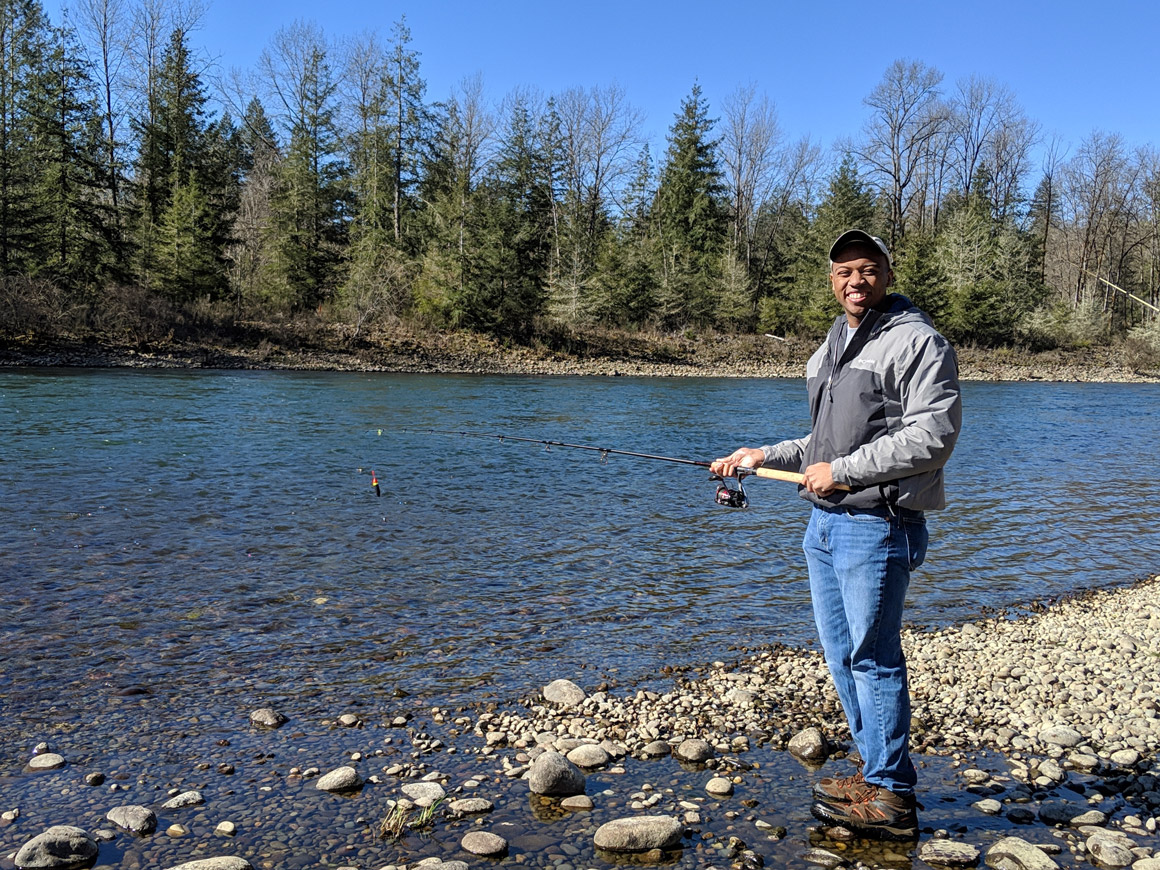Special Announcement: The Habitat Strategic Initiative Lead has announced the investment of $1.75 million of EPA Puget Sound Funds into 5 proposals to advance Puget Sound habitat recovery. See the full December investment list to learn more.
The natural areas of Puget Sound are an integral part of life in the region. Forested lands, open spaces, agricultural fields, and wetlands are part of the natural resources that make up a dynamic system, and these same areas are at the heart of a vibrant economy of working lands and growing communities. Maintaining a balance between protection of natural spaces with the need for homes, businesses, and roads helps create resilient communities that are healthier for you and your family, and the creatures that share the ecosystem with you.
Why is Land Cover Important?

By improving planning within urban growth areas, as well as improving the well-being of people living in those areas by increasing access to amenities and services, we can encourage the footprint of developed areas with stay within its current boundary. Photo Credit: PSP
Reducing conversion pressure of ecologically important lands will benefit the terrestrial and aquatic systems by providing the soil, trees, grasses, natural hydrology, and native habitat necessary to sustain resilient and diverse food webs and ecosystems.
We must redirect development pressure and reduce conversion of ecologically important lands, while supporting working lands, and protecting and restoring natural and vegetated areas.
Key Strategies
Preventing conversion of ecologically important lands requires improving the implementation of the Growth Management Act by local jurisdictions to include the protection of these natural areas and working lands. These protections should be incorporated into regional infrastructure planning, and supported through the incentivizing of new market demands for growth in city centers.
By improving planning within urban growth areas, as well as improving the well-being of people living in those areas by increasing access to amenities and services, we can encourage the footprint of developed areas with stay within its current boundary. Infill development is the process of developing vacant or under-used parcels within existing urban areas that are already largely developed. A successful infill development program focuses on the job of crafting complete, well-functioning neighborhoods.
Agricultural lands and working forests provide habitat that supports animals, like deer, elk, and birds, and act as water filtration and storage. By keeping working lands working, the vibrant agricultural and forestry industries can be maintained, and we can reduce the pressure to convert those lands to more developed uses that can lead to greater pollution, expansion of urban heat islands, and loss of habitat.

Functioning terrestrial landscape and natural hydrology also provides recreation opportunities to people in nearby communities. Photo Credit: Alex Biswas

